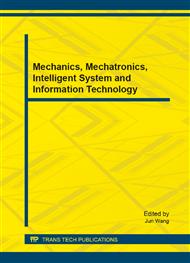p.559
p.568
p.579
p.584
p.588
p.595
p.601
p.606
p.611
Resource Sharing and Allocation in P2P Social Networks
Abstract:
this paper investigated resource sharing and allocation in P2P social networks which based on game theory. Firstly, resources are divided into two categories: Public goods (PG) and Club goods (CG). The PG has the following characteristics: self-less, Non-exclusive and un-competitive; but the CG has some self-ish, exclusive and competitive. The PG only to get the sharing fixed costs and transaction costs, but the CG needs to obtain more benefits over than costs. We demonstrated that when providers sharing resource is CG within sharing capacities can achieve the maximum benefits and Nash equilibrium. Secondly, peers are divided into two sets: friends set (FS) and strangers set (SS), providers allocate the CG in different sets within different pricing by the average price. Finally, simulations analyzed benefits of peers sharing the PG or the CG, and then discussed resource allocation in different sets within different payment strategies and resource pricing in the same set.
Info:
Periodical:
Pages:
588-594
Citation:
Online since:
August 2014
Authors:
Price:
Сopyright:
© 2014 Trans Tech Publications Ltd. All Rights Reserved
Share:
Citation:


